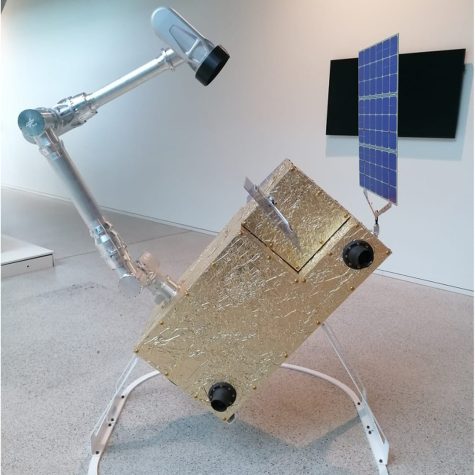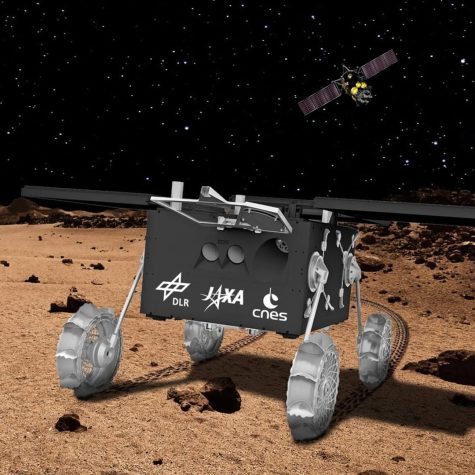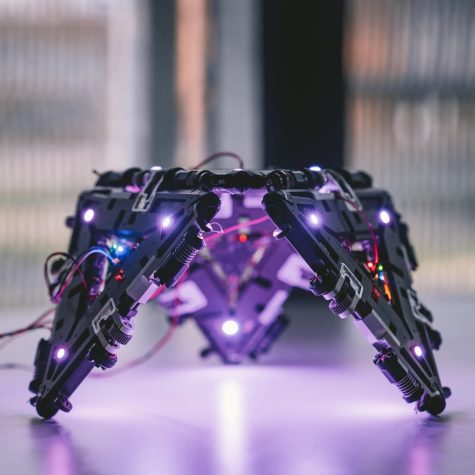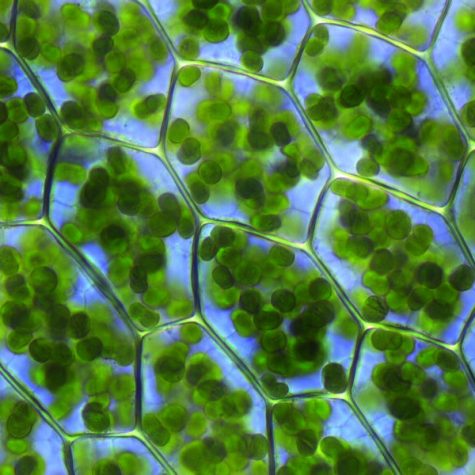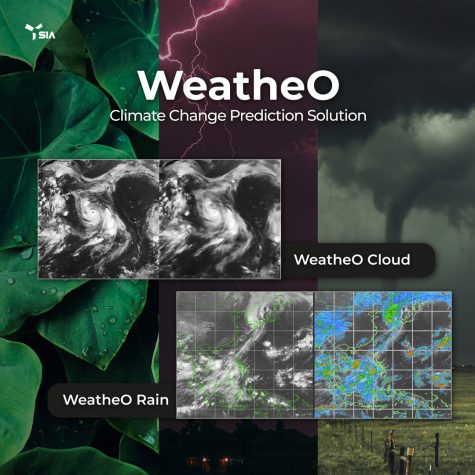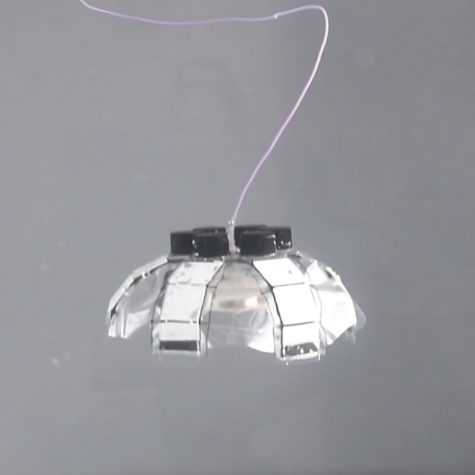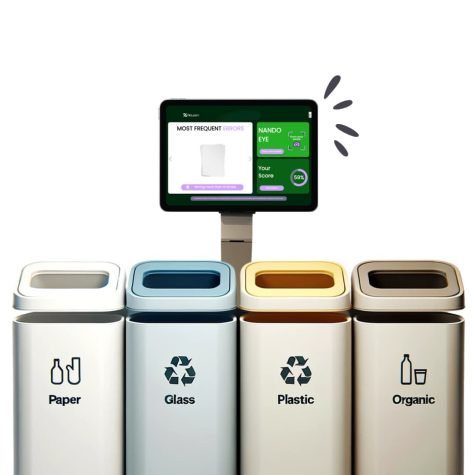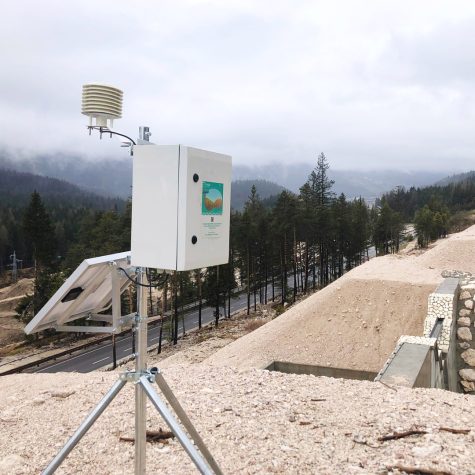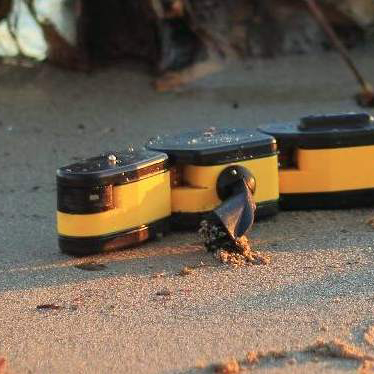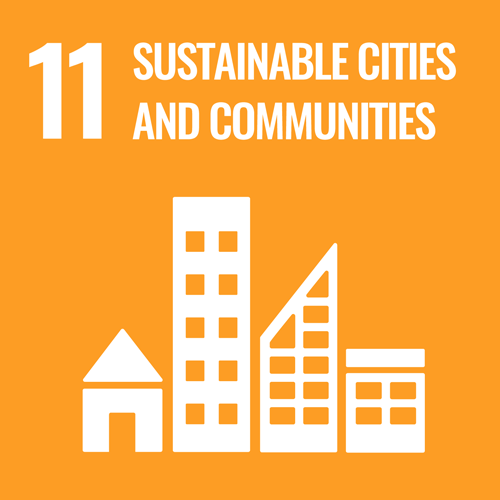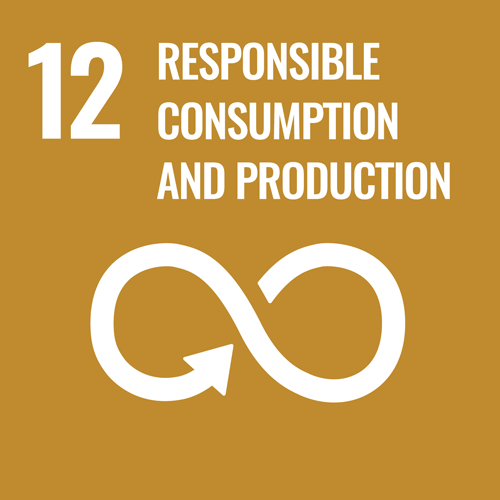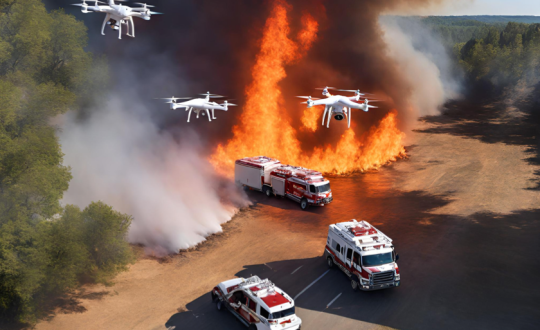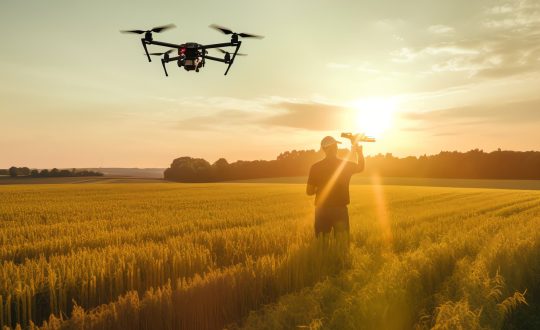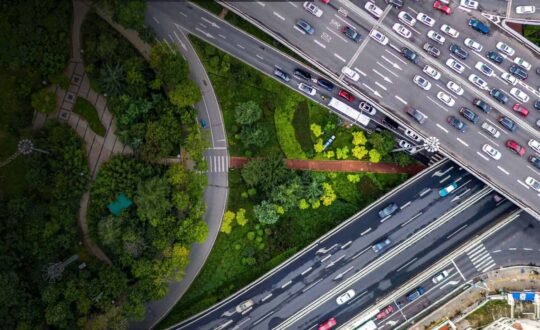AI technologies revolutionizing space and environmental sustainability

- 26 April 2024
The AI for Good Global Summit 2024 is expected to transcend the typical boundaries of a conference, spotlighting innovative applications of artificial intelligence (AI) in various sectors. This year, the summit will showcase an impressive array of over 80 demonstrations including robots, drones, and brain-machine interfaces, highlighting AI’s vast potential to achieve the United Nations Sustainable Development Goals (SDGs).
This year’s lineup highlights advancements in space and environmental sustainability. They underscore a future where AI enhances the capabilities of both earth and space explorations. They not only showcase the immediate benefits of AI but also its potential to fundamentally reshape our approach to planetary research and resource management.
Frontiers of AI in space
SpaceDream, developed by the German Aerospace Center (DLR), exemplifies the fusion of robotics with space technology, equipped for autonomous docking and sophisticated manipulation in microgravity environments. Enhanced by force/torque sensors integrated into each joint, the robotic arm achieves precise control, crucial for completing complex assembly tasks where traditional robots struggle due to significant uncertainties in object positions and disparities in velocity. This initiative promotes SDG 9: Industry, innovation and infrastructure by pioneering methods that could streamline operations beyond Earth.
Idefix, a rover also developed by the DLR, is part of Japan’s mission to explore Mars’ moons (MMX) and return geological samples. By understanding celestial bodies’ formation and evolution, this rover contributes to our knowledge of planetary science, indirectly supporting life on Earth (SDG 15) by providing insights that could influence our environmental strategies. Moreover, it is also a testament of SDG 17: Partnerships for the goals, as it is part of the MMX mission, a collaboration between Japan, France and Germany.
MORI, a cutting-edge initiative by the Reconfigurable Robotics Lab at EPFL, combines origami and modular robotics crafting adaptable, shape-shifting robots suitable for challenging environments like space. This robot, designed to transform between two-dimensional and three-dimensional forms, is equipped with actuators, sensors, and onboard controllers, enabling it to tackle unforeseen tasks in remote or harsh settings. This versatility makes MORI particularly valuable for space missions, supporting innovative technologies that enhance our ability to explore and utilize extraterrestrial environments safely and efficiently, and therefore helping advance SDG 9.
AI x Space, a technology designed by Harvard students in collaboration with NASA, explores how AI can enhance the use of satellite data for monitoring climate phenomena and improving disaster response strategies, aligning with SDG 13: Climate action. This project helps in crafting effective interventions and preparedness plans against climate-related disasters.
Pioneering environmental solutions
WeatheO is a web-based GeoAI platform developed by SI Analytics. It aims at advancing climate action (SDG 13) with its sophisticated AI-driven weather prediction models that enhance forecasting accuracy, potentially mitigating the impact of severe weather on vulnerable communities.
Jellyfishbot is a bio-inspired robot designed by Max-Planck-Institute for Intelligent Systems to clean water bodies by collecting waste and oil spills, directly contributing to SDG 14: Life below water. Its operations help maintain the health of aquatic ecosystems, ensuring cleaner waters for future generations.
NANDO, developed by ReLearn, is an innovative AI-powered zero-waste monitoring tool designed to transform conventional bins into smart bins. By providing crucial data and raising awareness, NANDO helps individuals, companies, and institutions adopt a waste-free lifestyle. This technology not only supports environmental sustainability but also directly contributes to SDG 11: Sustainable Cities and Communities by promoting urban waste management and recycling practices, enhancing the efficiency and cleanliness of urban environments
Finapp probe leverages cosmic rays to measure soil moisture accurately and in real-time, optimizing irrigation strategies and enhancing environmental monitoring. This innovative technology developed by Finapp spans large areas, providing crucial data for sustainable agricultural practices and water management. By integrating AI, Finapp continues to develop high-value services that protect both the environment and community welfare. This aligns closely with SDG 6: Clean Water and Sanitation by improving water resource management and SDG 12: Responsible Consumption and Production by supporting sustainable agriculture.
Envirobot, designed by EPFL to detect pollution in lakes, embodies innovation in the management of water resources (SDG 6) and in the improvement of life below water (SDG 14). Its technology represents a significant step forward in ensuring clean water and sanitation for communities worldwide.
Towards a responsible future
These demonstrations at the AI for Good Global Summit highlight the transformative potential of AI in advancing sustainability and space exploration. As we explore these innovative technologies, it becomes clear that AI can serve as an ally in addressing global challenges. By focusing on ethical deployment and inclusive practices, we ensure that technological advances benefit everyone.
How can we, as a global community, further support and participate in these initiatives?
Join the largest United Nation’s conference on AI for the Sustainable Development Goals this May to lend your voice and views to the global discussion!

